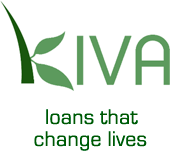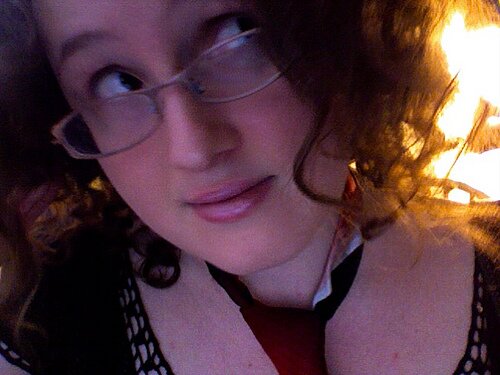That’s exactly what happened. I couldn’t choose anymore. There were just too many! How much time was I really going to spend reading?
I decided to learn to read faster. I took a photoreading course (after coming across Steve Pavlina’s posts) and was very pleased! I’d never done any sort of speed reading and I loved how fast I could get through nonfiction, even long before having mastered any of the unconscious processing techniques. But there was one problem, and it’s the problem I’m working to solve now: I’m a lazy reader!
For all its awesomeness, photoreading takes effort. Maybe more accomplished photoreaders than I don’t notice the effort, but many of the photoreaders I’ve met came from hating to read. I came from loving to read, and the idea of taking a relaxing activity and turning it into homework is something I can’t help but balk at. Of course, I still read all my fiction the “usual” way—fiction is less suited to photoreading anyhow—but I’m finding it difficult to adjust and use photoreading as my automatic solution, every time. Part of my brain is a little offended that I’m taking this awesome, relaxing work and making it… work.
What the hell? my brain says, indignant. Who do you think you are?
I’ve been mulling this over for a few weeks, and I’ve thought of a few probable solutions. I still photoread quite well (if not perfectly), so all I need to iron out is my motivation.
I speculated recently about starting a super-fast readers club, so that anticipating conversation about many different books in short spans of time would give me a “reason” to read them fast and be ready to discuss. (I’m letting that percolate. Something might come of it. Right now, I’m taking advantage of the Alternative Alternative MBA, and that’s a great “reason”—though maybe we should have another discussion, sometime, about why I feel I need more of a “reason” than just wanting to read the damn book!)
I’m thinking about coming at new books from a direction Seth suggested a few months ago: Use information to do something, not just learn something. This is great because photoreading involves setting a purpose for yourself, information you’re looking for, questions you want to have answered and identifying the most useful parts of the book—and the next step, after finding what you want, is to use it to make something happen. Well, of course! If I start to associate reading with an active approach (instead of with relaxing and getting all the information I want without expending any effort), I may find that my motivation as regards reading changes a lot.
This is all just speculation so far, but you’ll know what it means when I start making posts about books and actions together in the same space, instead of just gushing about my recent reading crush. It’s time for this to happen. I have a hell of a lot of books to get through, but feel free to translate: I have a hell of a lot of change to make.



